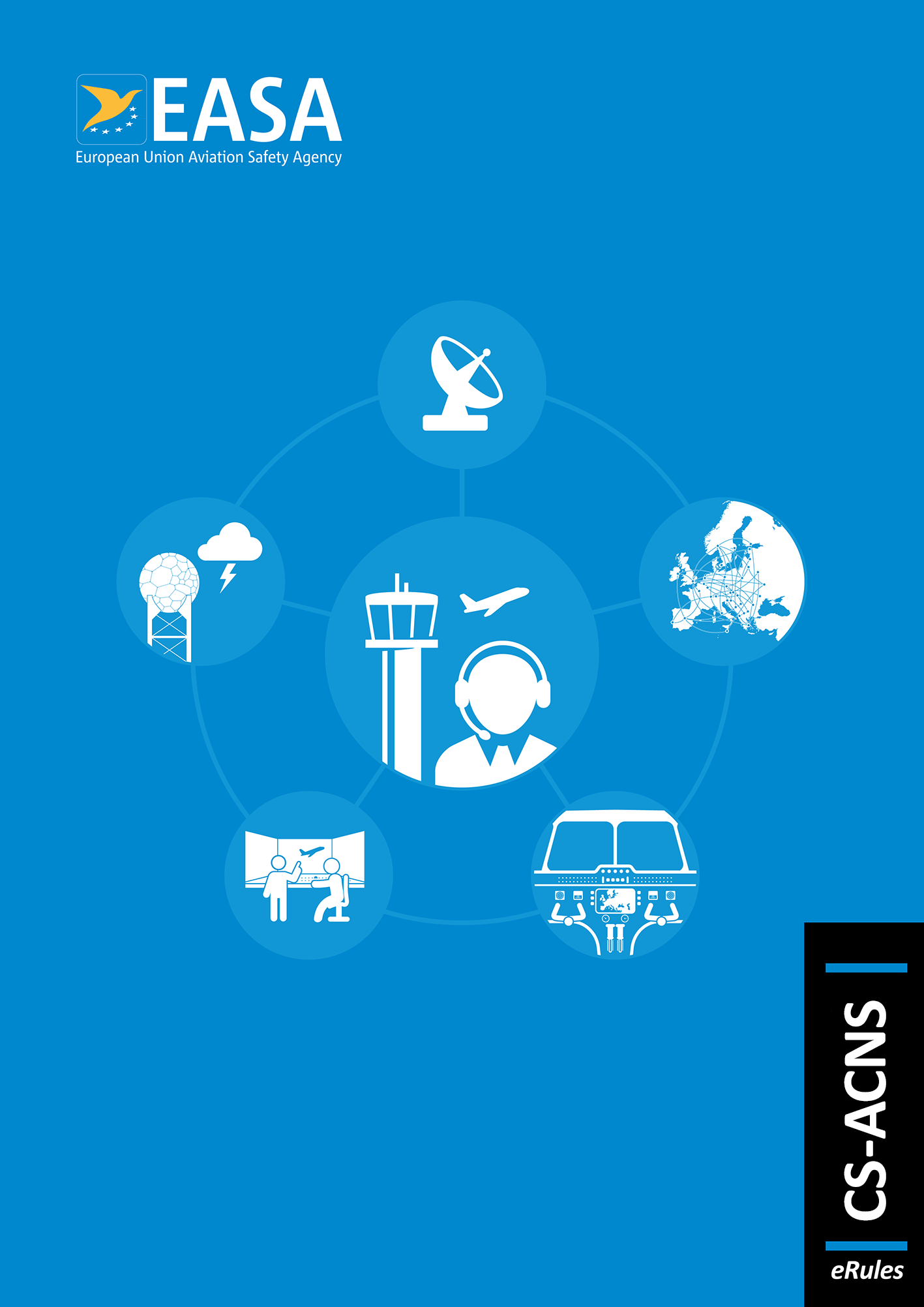CS ACNS.B.VCS.020 Performance requirements
ED Decision 2022/008/R1/R
Voice communication systems conform to the performance requirements of the following sections of ICAO Annex 10, Volume III, Part 2 (Second Edition – July 2007 incorporating Amendment No 90), Chapter 2, ‘Aeronautical Mobile Service’:
(a) Section 2.1 ‘Air-ground VHF communication system characteristics’;
(b) Section 2.3.1 ‘Transmitting function’; and
(c) Section 2.3.2 ‘Receiving function’ excluding sub-section 2.3.2.8 ‘VDL – Interference Immunity Performance’.
[Issue: CS-ACNS/2]
[Issue: CS-ACNS/4]
ED Decision 2013/031/R
The voice communication systems is designed commensurate with a ‘major’ failure condition.
ED Decision 2019/011/R1/R
(See AMC1 ACNS.B.VCS.030 and GM1 ACNS.B.VCS.030)
The voice communication system, including radio, controls, and antenna(s), is designed to provide a level of continuity that supports the intended operation.
[Issue: CS-ACNS/2]
AMC1 ACNS.B.VCS.030 Continuity
ED Decision 2019/011/R
For aircraft that are foreseen to be operated within airspace where continuous air-ground voice communications is required, the continuity of the voice communication system is designed to an allowable qualitative probability of ‘remote’, except for
(a) Class I aircraft, as defined in FAA AC 23-1309-1E, certified to a CS-23 amendment prior to 5, and;
(b) aircraft with type code 1SRXXXXX or 2SRXXXXX as defined in ASTM International Standards F3061/F3061M – 17 and certified to CS-23 Amendment 5 or subsequent amendments
where the continuity of the voice communication system may be designed to an allowable qualitative probability of ‘probable’.
[Issue: CS-ACNS/2]
ED Decision 2019/011/R
Information about European Union requirements for continuous air-ground communications is provided in Commission Implementing Regulation (EU) No 923/2012 of 26 September 2012 laying down the common rules of the air and operational provisions regarding services and procedures in air navigation. Specific requirements for the operation of radio equipment may be found in the respective States’ aeronautical information publications (AIPs).
Aircraft type codes are defined in ASTM International Standards F3061/F3061M – 17, Standard Specification for Systems and Equipment in Small Aircraft.
[Issue: CS-ACNS/2]
